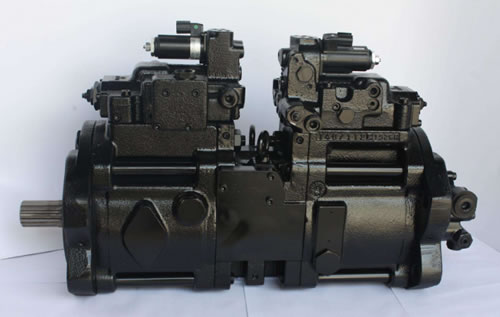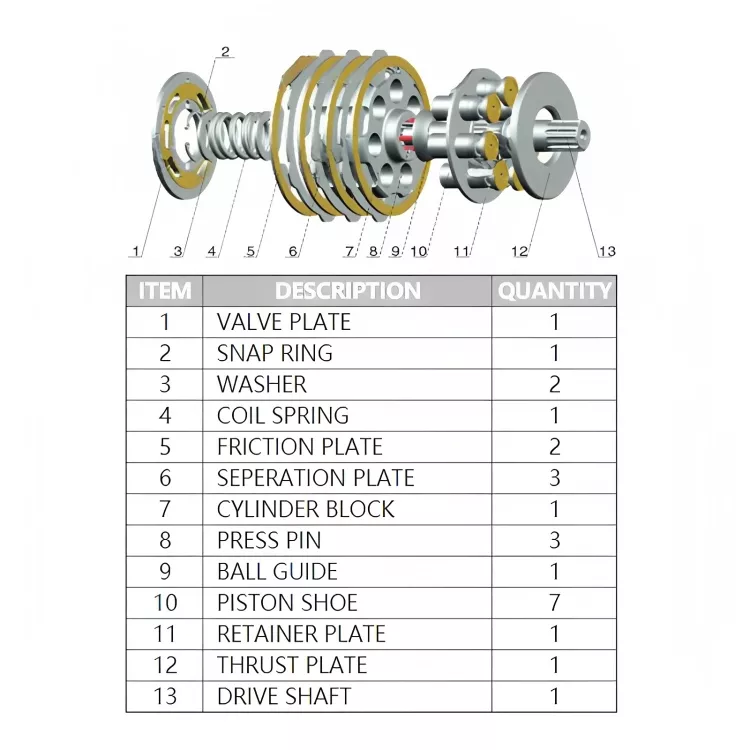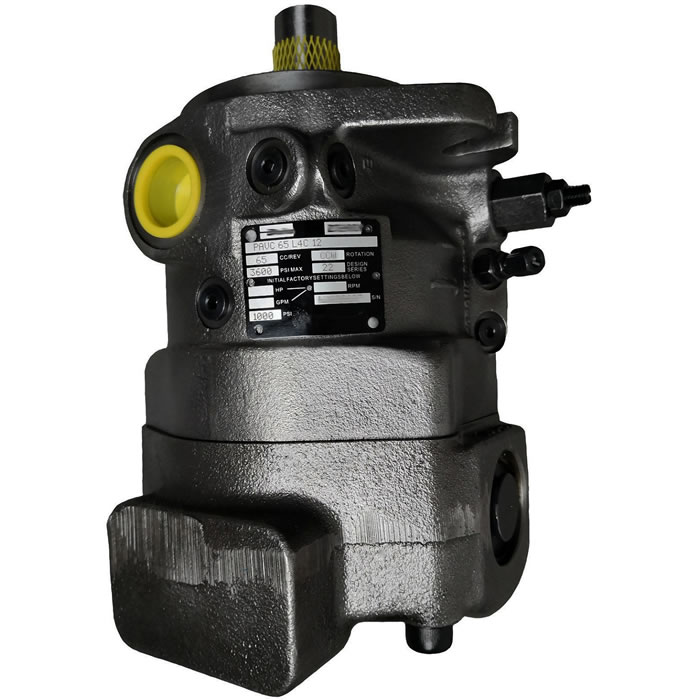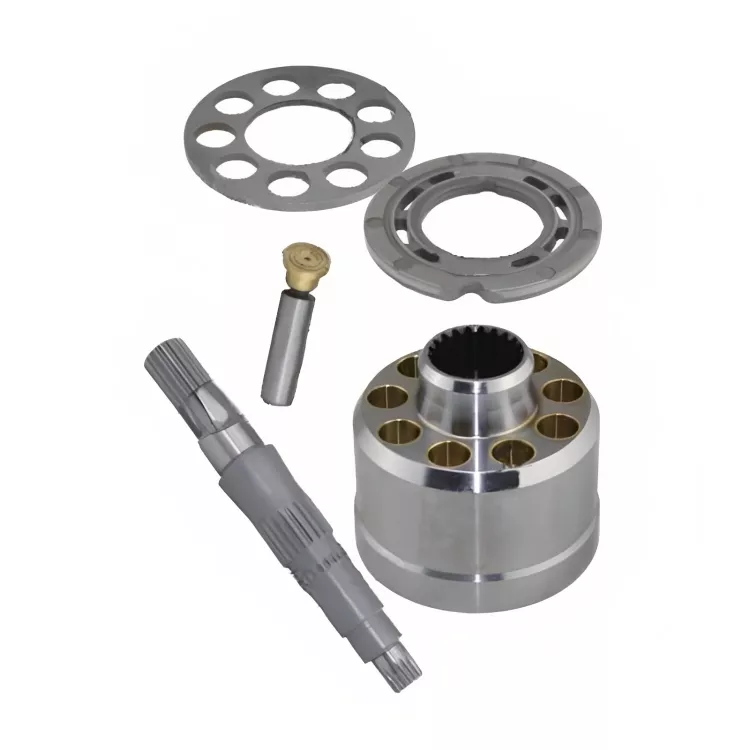Precautions for use of hydraulic pump
Hydraulic pump manufacturer reminds you: Precautions for use of hydraulic pump

1. Cool the hydraulic pump and motor housing. Do not make the pressure in the housing too high.
Sometimes it is necessary to fill the hydraulic pump and motor housing with oil to cool the hydraulic pump and motor.
But remember not to let the oil pressure in the housing be too high, as it will damage the hydraulic pump and motor shaft seals,
and increase the resistance of the suction chamber plunger projecting outwards to some piston pumps.
2.When the hydraulic pump often works at zero eccentricity or when the working pressure of the system is lower than 8 MPa,
the hydraulic pump is too small and the pump body is heated, the forced circulation cooling of the oil circuit can be selected.
Relief valves in Hydraulic pumps are prohibited from system pressure regulation and are only suitable as safety valves for
installing a simple direct relief valve in certain types of hydraulic pumps.
Valve sizes are small and generally not suitable for system pressure regulation, but suitable for use as safety valve.
Relief valves are similar in construction to safety valves, but they have different sizes and intentions.
Because the relief valve of system pressure regulation requires large valve diameter,
it is mainly used to stabilize the system pressure and different flow through it.
Safety valves are mainly used to maintain the system pressure without overload, generally with small diameter and small flow,
which can not make the system pressure return to normal. Therefore, the relief valve installed in the hydraulic pump is not suitable
for system pressure regulation, but only as a safety valve.
Hydraulic pump manufacturer reminds you: Precautions for use of hydraulic pump

4. Do not accept large radial force on the drive shaft of hydraulic pump.
Except for the specially planned hydraulic pumps which can accept large radial forces, the drive shafts of most hydraulic pumps can not accept large radial forces.
If the shaft accepts a large radial force, the stress condition of the relevant components in the pump will be very bad, or the sealing volume in the pump can not form normally, thus damaging the hydraulic pump earlier.
5. It is forbidden to use the constant power speed regulation circuit separately.
The fixed displacement pump and variable motor form a constant power speed regulation circuit.
Generally speaking, speed control circuits require greater speed rigidity.
The speed rigidity of the circuit is proportional to the square of the motor displacement.
As displacement of variable motor decreases, speed rigidity decreases dramatically and the amount of torque that can be generated decreases,
so this circuit is rarely used alone.
It is taboo that pumps and motors are universal. The use of pumps as motors is conditional.
In some Hydraulic Systems, the same components (pumps or motors) are sometimes required to operate as pumps and sometimes as motors.
When selecting such components, it should be noted that in principle,
the Hydraulic Motor can operate as a pump, but the pump as a motor is conditional.
For example, some gear pumps can only rotate unidirectionally as motors,
while hydraulic pumps dispensing oil to check valves can never be used as Hydraulic Motors at all.
7. Prevent the loss of pipeline pressure so that the output flow of
constant power variable displacement pump can not meet the expected requirements.
The outlet of the constant power variable pump is connected to the Hydraulic Cylinder through the check valve and the change-over valve,
and the return oil of the
needs to flow to the tank through the corresponding valve.
If the size of some valves is small and the pressure loss is large,
the output flow of the pump will be too small to meet the requirement of fast operation of the hydraulic cylinder.











